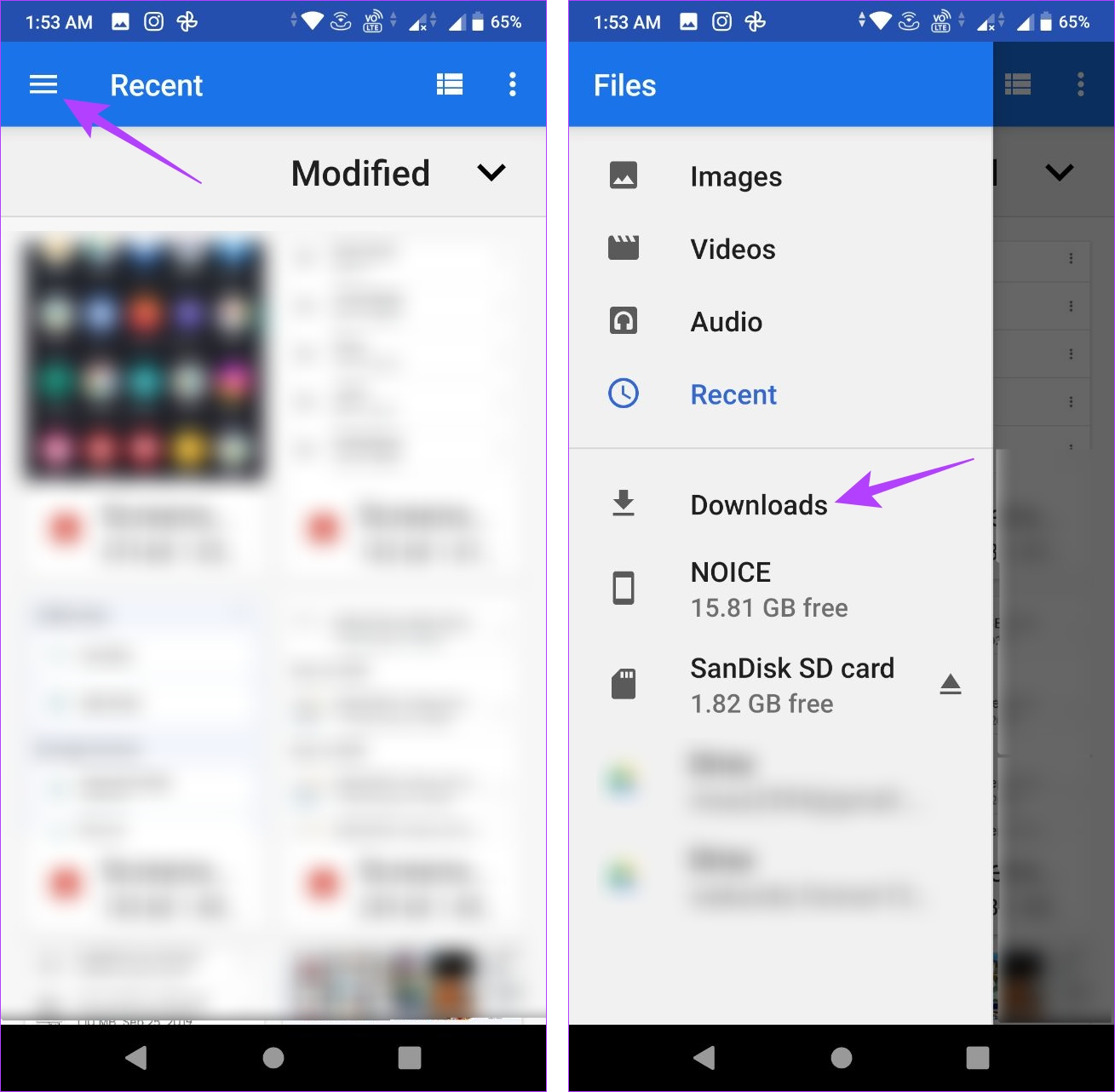A Simple Key For where are my downloads on android tablet Unveiled
A Simple Key For where are my downloads on android tablet Unveiled
Blog Article
Downloading data on your Android tool is straightforward, yet situating them can be a hassle. Prior to you recognize it, images, video clips, screenshots, and various other data clutter your phone. You need to know where those downloads went so that you can delete unnecessary documents that are taking up room on your phone.

This overview shows you how to situate an crucial file that disappeared and just how to organize your Downloads folder. Here's just how to discover downloads on your device, whether you make use of one of the best Google Pixel phones or an additional Android smart device.
Locate your downloads with the default file supervisor
Every phone maker might provide a special pre-installed Android application for arranging files, yet your use should be similar. If you have a Samsung tool, you can consult our guide on finding downloads on your Samsung Galaxy phone.
Just like other preferred os, Android has a assigned Downloads folder for saving files. To find your downloaded and install documents on your device, adhere to these steps:
1. Open up the Files or My Data application from the home screen or app drawer.
2. Try to find a area called Downloads.
3. Tap it to see the data you downloaded and install.
Use the Files by Google app for your downloads
If you're looking for a easy and effective method to find your downloaded data on your Android gadget, think about making use of Documents by Google from the Google Play Shop. This application attracts attention as a leading selection for its straightforward user interface and capability, making it an superb choice to any kind of preinstalled documents supervisor application on your gadget.
4. Open up the Data app.
5. Select the Browse tab at the bottom.
6. Tap where do files go when downloaded on android Downloads.
7. Select the Download tab to see the data in that folder.
Locate your downloads manually
If you're unable to locate the Downloads folder on the main web page of your data manager app, try accessing your phone's inner storage space instead. Below's a detailed overview on exactly how to do it:
1. Open the Documents application.
2. Select the Browse tab at the bottom.
3. Scroll down and go to Inner storage space.
4. Tap the Download folder.
Relocate your downloads to an additional place
Moving files away from the Downloads folder is helpful for numerous factors, especially for files having personal or personal details. Placing these files right into their folder maintains them protected and makes it difficult to remove them inadvertently. It also stops them from getting buried and blended with the other arbitrary data you download.
1. Open the Files app.
2. Navigate to your Download folder.
3. Tap the three-dot menu to the right of any file.
4. Choose the Move to option.
5. Tap Internal storage at the bottom.
6. Select any location or folder.
7. Tap Move here to transfer the file to that location.
Additionally, you can utilize the Copy to feature and transfer these files to a different location. This enables you to create numerous copies without deleting the original files from your Download folder.
View the exact location of your downloadsM/b >
You may want to see the location of the Download folder for various reasons from time to time. Tap the three-dot menu next to one of your downloaded files and go to File info. The/ storage/emulated/0/ Download path is the default for many modern Android devices. Some third-party web browsers might save files to a different folder, but this should be the location for most downloads.
Managing your downloads is easier than you think
The Files app by Google is an excellent choice for those who appreciate a straightforward file management solution. With its user-friendly interface and simple features, this app effectively categorizes your files into different types such as downloads, images, videos, and audio. Additionally, it provides the option to remove unnecessary files.
Speaking of tidying up, you can free up more storage space by learning how to delete unwanted WhatsApp media files. You can install an SD card on some Android devices if you're still short on space.
Report this page